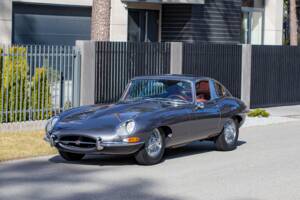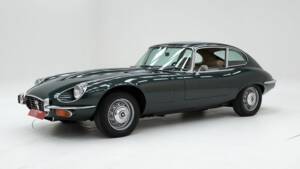Suchergebnisse
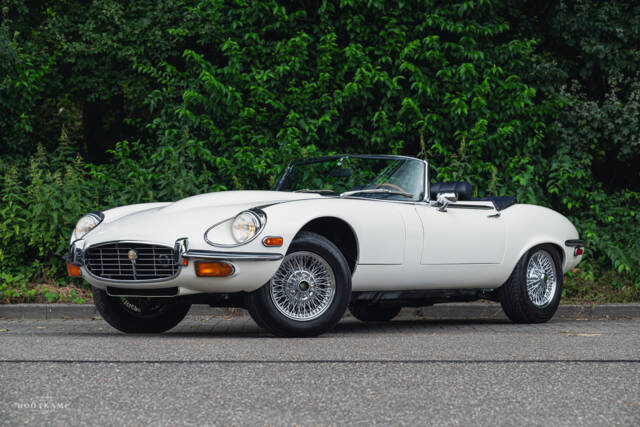
1972 | Jaguar E-Type V12
An elegant, European and V12
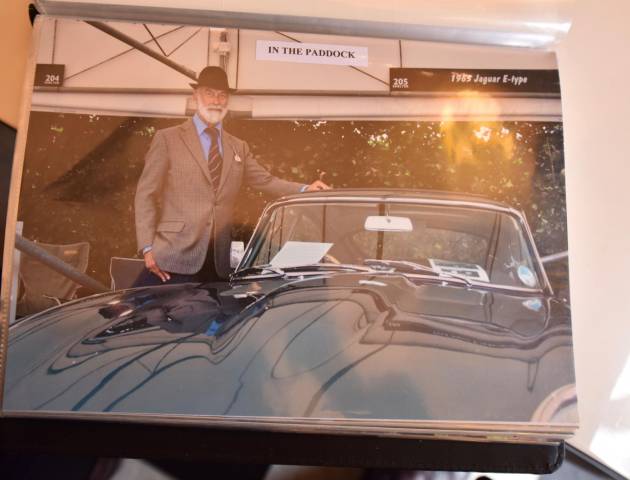
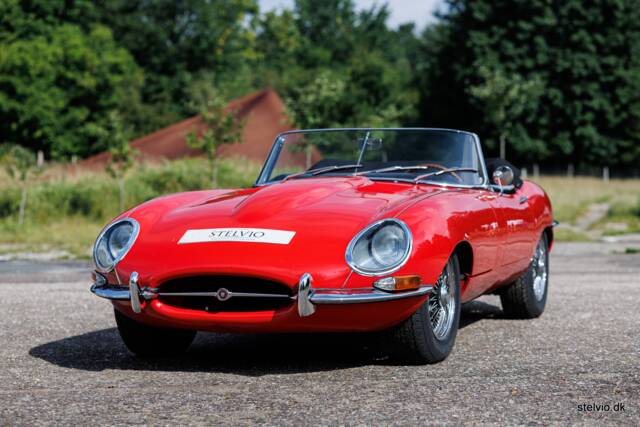
1963 | Jaguar E-Type 3.8
Original European delivered car LHD
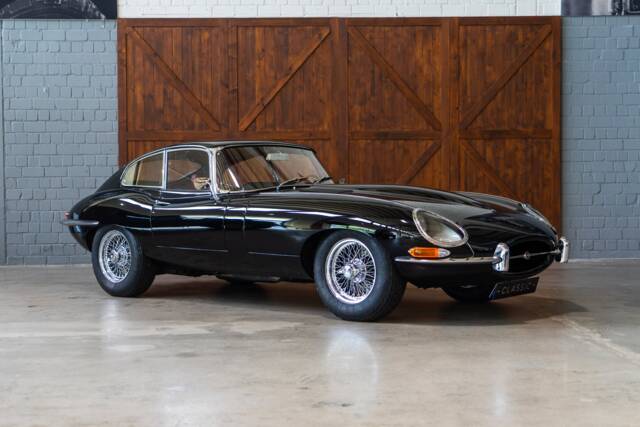
1965 | Jaguar E-Type 4.2
FHC Komplett aufwendig restauriert
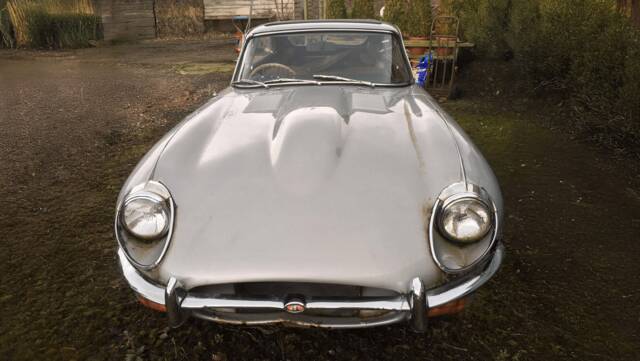
1969 | Jaguar E-Type
4.2 Series 2

1966 | Jaguar E-Type 4.2
4.2 Series 1, 12-Month Warranty
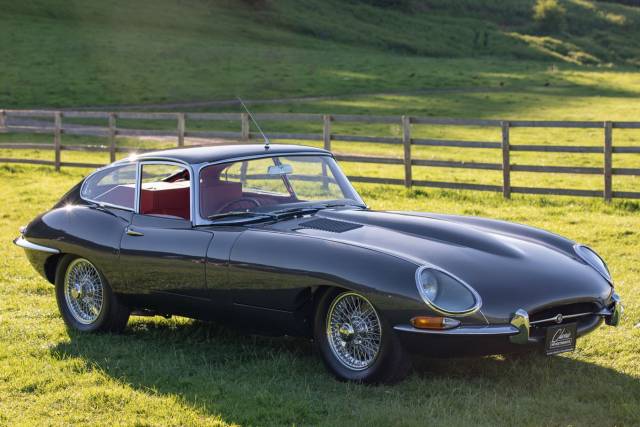
1966 | Jaguar E-Type 4.2
Numbers matching original RHD Series 1
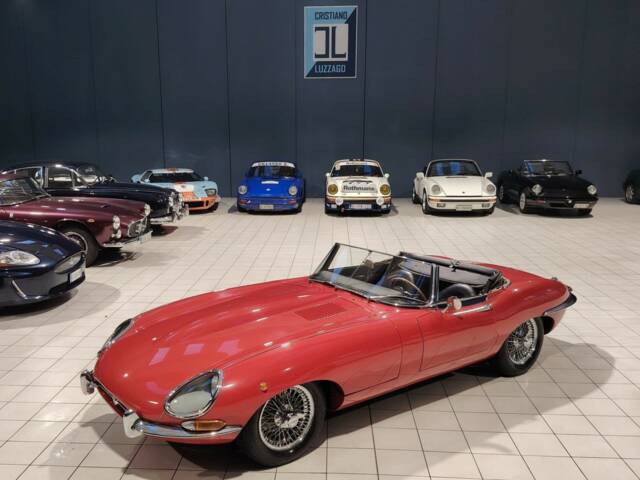
1964 | Jaguar E-Type 3.8
JAGUAR E-TYPE 3.8 OTS – ORIGINAL ITALIAN CAR
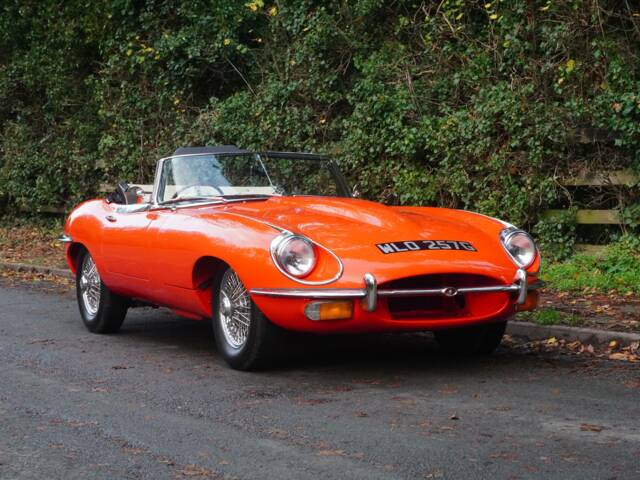
1968 | Jaguar E-Type
1968 Jaguar E-Type Series II 4.2 Roadster

1971 | Jaguar E-Type V12 (2+2)
1971 Jaguar E-Type Series 3 V12 '71
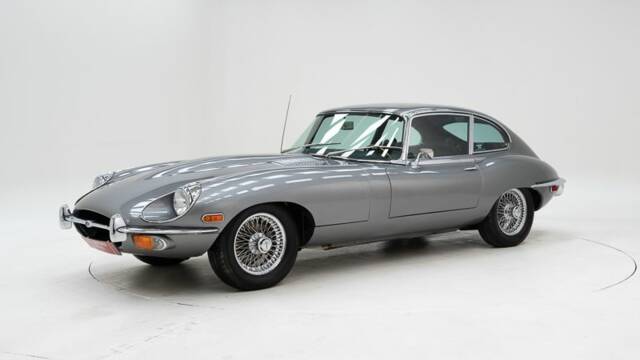
1969 | Jaguar E-Type
1969 Jaguar E type 4.2 S2 3C Manual '69
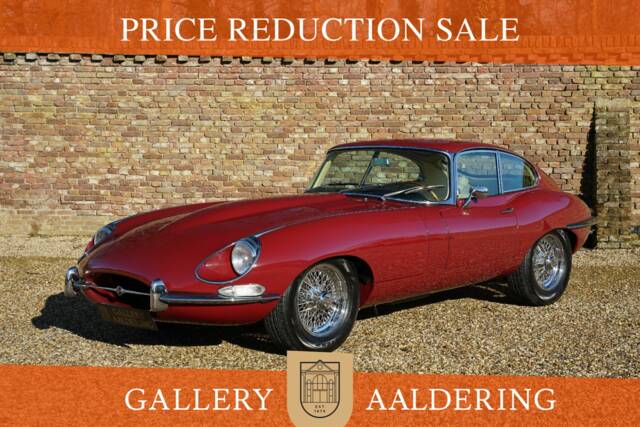
1968 | Jaguar E-Type 3.8 "Lightweight"
Jaguar E-Type PRICE REDUCTION! 4.2 Litre Coupe Series 1.5 Superb restored condition, Matching Numbers example (offered with Jaguar Certificate) , AC from factory, Extensive photo report of the "Bare metal" restoration, Completely correct to the original factory specifications, Including correct colors "Opalescent Maroon / Beige leather"
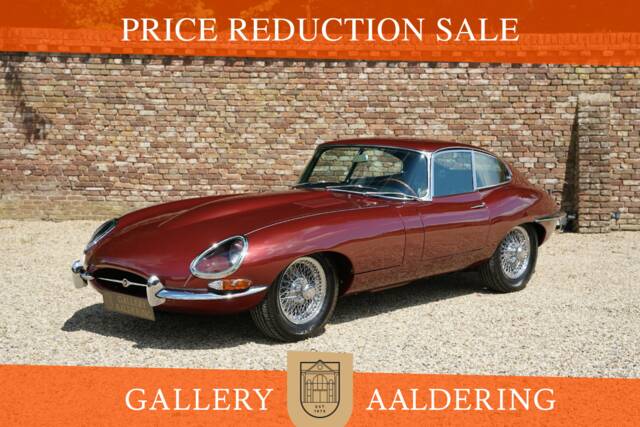
1964 | Jaguar E-Type 3.8
Jaguar E-type 3.8 Series 1 Coupe "Matching Numbers" PRICE REDUCTION! Extensive restoration and completely rebuilt, "Matching Numbers and colors" - to the original factory specifications, Jaguar Heritage certificate available, Opalescent Maroon with black leather, Restored and overhauled in Europe, One of the best on the market, Left the Coventry-factory in August 1963
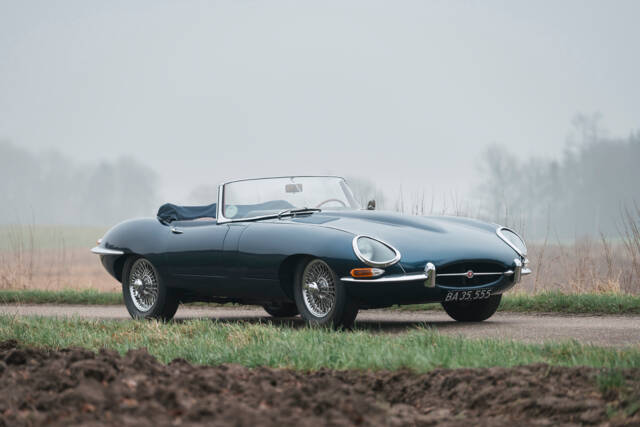
1961 | Jaguar E-Type 3.8 Flat Floor
Series I Flat Floor Roadster with welded louvers. Mint condition
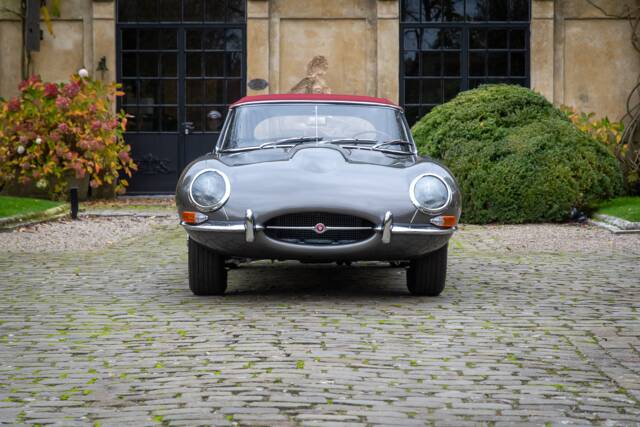
FAQs about Jaguar E-Type Classic Cars
Why are Jaguar E-Type classic cars so popular?
The Jaguar E-Type classic car captivates with its timeless design and powerful performance. It is regarded as a symbol of British engineering and is considered a true collector's item. Legend has it that Enzo Ferrari called the E-Type "the most beautiful car ever made," which inspired him to create the GT/L 'Lusso'. The combination of its aerodynamic shape, performance, and luxury makes the E-Type a highly sought-after collector's vehicle.
How can I find spare parts for the Jaguar E-Type classic car?
Spare parts for the Jaguar E-Type classic car can be found through specialized suppliers, classic car clubs, and auctions. The availability of parts is particularly good for the 4.2-liter models. Notably, Jaguar Classic even offers reproductions of certain parts, making the restoration and maintenance of these classics easier.
What should be considered when purchasing a classic Jaguar E-Type?
When considering a classic Jaguar E-Type, pay close attention to rust, especially in the frame, sills, and wheel arches, as these areas are particularly vulnerable. Ensure that the vehicle has been regularly maintained and retains as much originality as possible. A comprehensive history of the car is crucial for potential buyers. The originality of the vehicle, including the engine, transmission, and interior, significantly affects its value and authenticity. Additionally, thoroughly check the condition of the electrical system and cooling system, as these can often present issues in older vehicles. Verifying the chassis number is essential for confirming the authenticity of the car.





